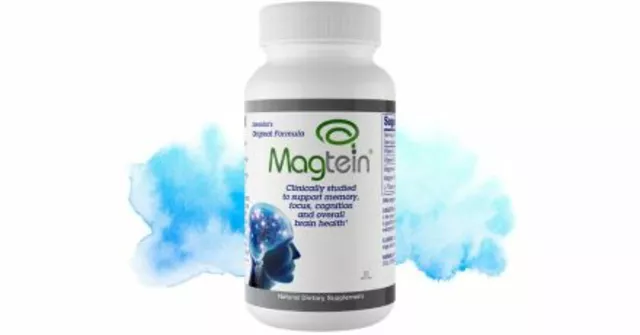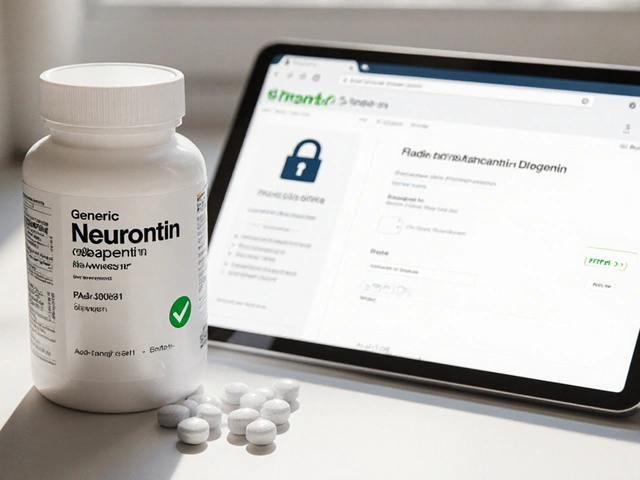Antidepressant Selector
Flunil is a branded formulation of fluoxetine, an selective serotonin reuptake inhibitor (SSRI) used to treat major depressive disorder, obsessive‑compulsive disorder, panic disorder and bulimia nervosa. Approved by the U.S. Food and Drug Administration (FDA) in 1987, it is typically prescribed at 20‑80mg daily with a half‑life of about 4‑6days, making it one of the longest‑acting SSRIs on the market.
Flunil (Fluoxetine) has earned a reputation for its once‑daily dosing and relatively mild withdrawal profile, but it isn’t the only player in the SSRI arena. Below we break down how it stacks up against the most common alternatives you’ll encounter in a primary‑care or psychiatric setting.
Why the SSRI Class Matters
All SSRIs share the core mechanism of inhibiting the serotonin transporter (SERT), thereby increasing extracellular serotonin. This simple action translates into mood elevation, reduced anxiety and improved sleep quality for many patients. However, each drug differs in potency, pharmacokinetics, metabolism pathways and interaction risk.
Key Alternatives to Flunil
We’ll focus on six widely prescribed agents, each representing a distinct clinical niche.
- Sertraline is an SSRI known for its balanced efficacy in depression and anxiety, with a half‑life of 24hours and an impact on the CYP2C19 enzyme.
- Citalopram offers a relatively clean side‑effect profile but requires dose limitation (< 40mg) because of QT‑interval prolongation risk.
- Venlafaxine is a serotonin‑norepinephrine reuptake inhibitor (SNRI) that adds norepinephrine to the mix, useful for treatment‑resistant depression.
- Bupropion works via dopamine‑norepinephrine reuptake inhibition, sidestepping sexual side‑effects common with SSRIs.
- Mirtazapine is a noradrenergic‑and‑specific serotonergic antidepressant (NaSSA) that often helps patients with insomnia or appetite loss.
- Paroxetine is an SSRI with strong anticholinergic activity, making it a good choice for patients who also need anxiety control.
Comparison Table: Core Attributes
| Drug | Class | Typical Daily Dose | Half‑Life | Key Metabolic Enzyme | Common Side‑Effects |
|---|---|---|---|---|---|
| Flunil (Fluoxetine) | SSRI | 20‑80mg | 4‑6days | CYP2D6 (inhibitor) | Nausea, insomnia, sexual dysfunction |
| Sertraline | SSRI | 50‑200mg | 26hours | CYP2C19, CYP3A4 | Diarrhea, dry mouth, dizziness |
| Citalopram | SSRI | 20‑40mg | 35hours | CYP2C19 | QT prolongation, headache |
| Venlafaxine | SNRI | 75‑225mg | 5hours (extended‑release 11hours) | CYP2D6 | Hypertension, sweating, nausea |
| Bupropion | NDRI | 150‑300mg | 21hours | CYP2B6 | Insomnia, dry mouth, weight loss |
| Mirtazapine | NaSSA | 15‑45mg | 30‑40hours | CYP3A4, CYP2D6 | Weight gain, sedation, constipation |
| Paroxetine | SSRI | 20‑50mg | 21hours | CYP2D6 (strong inhibitor) | Weight gain, sexual dysfunction, withdrawal |

Decision Criteria: How to Pick the Right Antidepressant
When a clinician (or a well‑informed patient) chooses a medication, four practical axes dominate the conversation:
- Efficacy for the primary diagnosis. Some agents, like venlafaxine, excel in severe or treatment‑resistant depression, while others, such as bupropion, shine for patients with comorbid smoking cessation goals.
- Side‑effect tolerance. Flunil’s long half‑life reduces withdrawal jitter, but its sexual dysfunction rate is higher than bupropion’s. Mirtazapine is notorious for causing weight gain, which may be welcome for underweight patients but a deal‑breaker for others.
- Drug‑interaction profile. Fluoxetine and paroxetine are potent CYP2D6 inhibitors; they can raise levels of antipsychotics, beta‑blockers, or tamoxifen. Bupropion’s CYP2B6 pathway is relatively clean, making it a good fit for polypharmacy.
- Practical considerations. Cost, insurance formularies, and dosing frequency matter. Fluoxetine’s generic version is inexpensive, but extended‑release formulations of venlafaxine may be pricier. Once‑daily dosing (Flunil, sertraline, citalopram) usually beats multiple‑daily regimens.
Real‑World Scenarios
Case 1 - Young adult with anxiety and sexual side‑effects. The patient started on Flunil and reports reduced anxiety but significant loss of libido. Switching to bupropion preserves the antidepressant effect while largely eliminating sexual dysfunction.
Case 2 - Middle‑aged woman with insomnia and low appetite. She tried sertraline with partial relief but still struggles to sleep. Adding low‑dose mirtazapine not only improves mood but also restores appetite and sleep quality.
Case 3 - Elderly man on multiple cardiac meds. His cardiologist warns against CYP2D6 inhibitors. In this situation, citalopram (with dose capped at 20mg) or sertraline, which have weaker enzyme inhibition, become safer options.
Related Concepts Worth Knowing
Understanding the broader pharmacological landscape helps avoid pitfalls:
- Serotonin syndrome is a potentially life‑threatening condition caused by excessive serotonergic activity, often triggered by combining multiple serotonergic agents (e.g., SSRI + MAOI).
- CYP450 enzymes (especially CYP2D6, CYP2C19, CYP3A4) mediate most antidepressant metabolism; genetic polymorphisms can lead to rapid or poor metabolism, affecting efficacy and side‑effects.
- Withdrawal syndrome manifests as dizziness, flu‑like symptoms, and mood swings when a short‑half‑life antidepressant is stopped abruptly; fluoxetine’s long half‑life often spares patients this problem.
- Off‑label uses for SSRIs include premature ejaculation, chronic pain, and menopausal hot flashes.
Next Steps for Patients and Providers
1. Review the diagnosis. Confirm whether depression, anxiety, OCD, or another condition is the primary target.
2. Assess comorbidities. Look for cardiovascular disease, insomnia, weight concerns, or substance use.
3. Check current meds. Use a drug‑interaction checker to spot CYP450 conflicts.
4. Start low, go slow. Initiate at the lowest effective dose, monitor for two weeks, then titrate.
5. Schedule follow‑up. Evaluate efficacy and side‑effects after 4-6 weeks; adjust as needed.
Remember, the “best” antidepressant is the one that aligns with a patient’s unique biology, lifestyle and treatment goals. Flunil remains a solid first‑line choice for many, but alternatives provide valuable flexibility when specific side‑effects, drug interactions or symptom patterns emerge.

Frequently Asked Questions
How long does it take for Fluoxetine (Flunil) to start working?
Most patients notice a modest mood lift within 2-4 weeks, but the full therapeutic effect often requires 6-8 weeks of consistent dosing.
Can I take Fluoxetine with other antidepressants?
Combining two serotonergic drugs can trigger serotonin syndrome, so co‑prescribing is generally avoided unless under strict specialist supervision.
Why do some people experience insomnia on Fluoxetine?
Fluoxetine’s activating effect on serotonin can increase central nervous system alertness, especially if taken later in the day. Switching the dose to morning or adding a low‑dose sedating agent (e.g., mirtazapine) often helps.
Is Fluoxetine safe during pregnancy?
Data suggest Fluoxetine carries a modest risk of neonatal adaptation syndrome, but untreated severe depression also harms both mother and baby. Decision‑making should be collaborative with obstetrics and psychiatry.
What makes Bupropion a good alternative for sexual side‑effects?
Bupropion works on dopamine and norepinephrine rather than serotonin, so it rarely interferes with sexual function. It’s often added to an SSRI or used as monotherapy when libido loss is a primary concern.
How does the half‑life of Fluoxetine affect tapering?
Because Fluoxetine persists for weeks after the last dose, it can be tapered more gently, often simply by reducing the daily dose rather than a full wash‑out period.
Are there generic versions of Flunil?
Yes. Generic fluoxetine tablets are widely available and typically cost less than branded Flunil, making them a cost‑effective first‑line option.
Which antidepressant is best for patients with chronic pain?
Duloxetine (an SNRI) and low‑dose tricyclics like amitriptyline have the strongest evidence for neuropathic and musculoskeletal pain. SSRIs, including Fluoxetine, are less effective for pain control.








